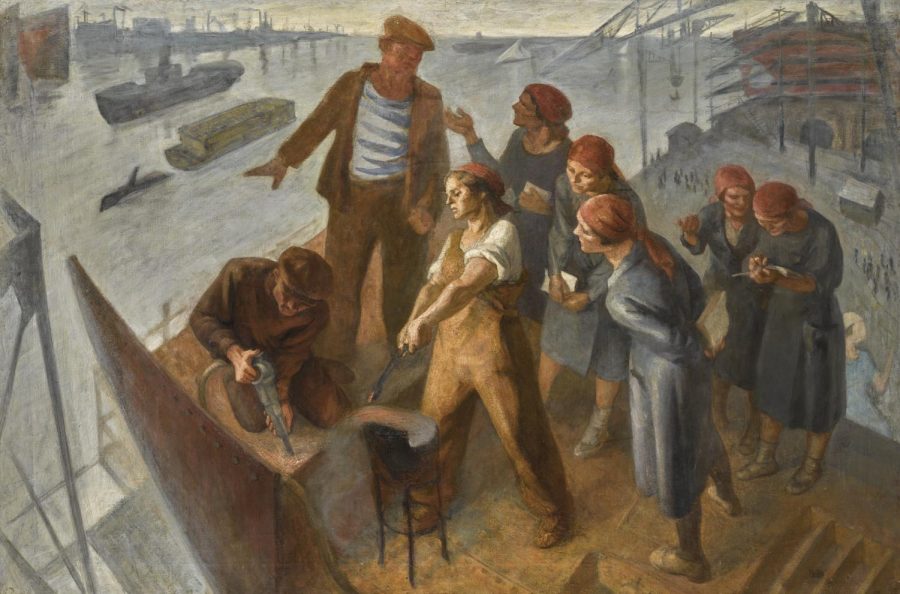Analyzing Art in the Soviet Union — All Propaganda?
The official type of art in the Soviet Union is known as Socialist realism, a style of realistic art between 1932 to 1988 that depicted communist values such as the emancipation of the proletariat, idolized figures, and glorification of the present and future.
The first Soviet Union art exhibition was called The Industry of Socialism, commissioned in 1935 to celebrate the achievement of industrialization, the first two Five-Year Plans, and the Bolshevik Revolution. Even within the Soviet art community, there was division between two art groups: traditionalists and futurists. According to the Art Story, “[Russian futurists] embraced and inevitably romanticized the signifiers of the ‘new’: science, technology, invention, and speed.” Trotsky would refer to Russian futurists as “cafe artists of the bourgeoisie.” Because of their obsession with modernity, they vehemently rejected the past while also upholding Russian traditions. However, traditionalists believed in depicting everyday life. Under the Congress of 1934, there were four characteristics that were required in socialist realism: proletarian, typical everyday, realist, and partisan.
Socialist realism contained optimistic undertones that were meant to depict an ideal Soviet society in the present and future. Tragedy and hardship were forbidden in the Soviet art community, and all art had to support the State. One example is “We Will Fulfill the Party’s Commission” by Igor Berezovsky. Berezovsky, a member of the Artists’ Union of the USSR, had a great grasp of graphic design and created many Soviet art with a clear vision.
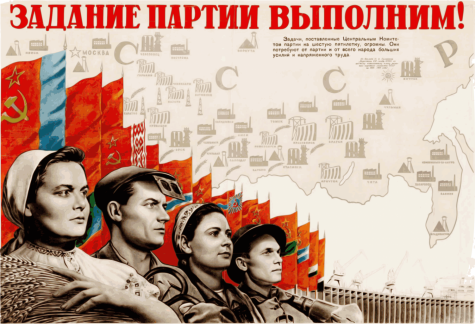
“WE WILL FULFILL THE PARTY’S COMMISSION!” by Igor Berezovsky
The portrait of Stalin, standing gallantly behind red currents, is an untitled piece created by a famous Soviet painter Isaak Brodsky. Born in Sofiyuivka and raised by a Jewish merchant, Brodsky became a famous painter from his iconic portraits of Lenin and Stalin during the Russian Civil War and the Bolshevik Revolution.
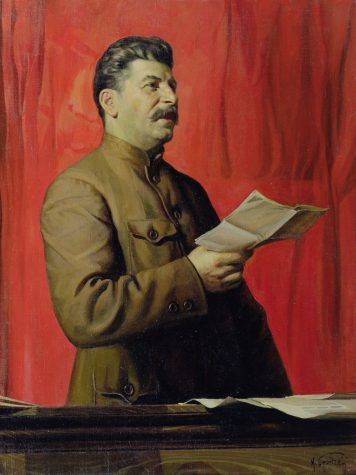
Portrait of Stalin by Isaak Brodsky
After the death of Stalin, a new art form was born called Soviet non-conformist art, usually known as “underground art” or “unofficial art.” Artists were no longer confined to Stalin’s cult of personality and could finally create uncommissioned art in a liberal atmosphere. In an interview with Joseph Bakstein, a Russian curator for non-conformist art, he describes the goal of the movement perfectly:
“In any culture, art is a special reality, but in the Soviet Union, art was doubly real precisely because it had no relation to reality. It was a higher reality… The goal of nonconformism in art was to challenge the status of official artistic reality, to question it, to treat it with irony. Yet that was the one unacceptable thing. All of Soviet society rested on orthodoxy, and nonconformism was its enemy. That is why even the conditional and partial legalization of nonconformism in the mid-1970s was the beginning of the end of the Soviet regime.”
Although the movement had a similar goal, the styles of different groups during the period were vastly separate and independent. These groups of the movement were small but very unique. For example, the Stretensky Boulevard Group was a small association of artists in Moscow. The group provided materials for illustration and graphic design, but each artist within the group had independent styles. One Russian painter was Oleg Vassiliev who combined Russian realism (different from Soviet realism) with Russian avant-garde. He imagines a safe place and recreates it through visuals. He tries to portray the subconscious and completely strays from traditional Soviet art. Some of his works include House on Island Anzer, Before the Sunset, and Composition Through Vertical.
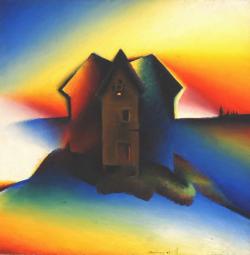
House on Island Anzer by Oleg Vassiliev
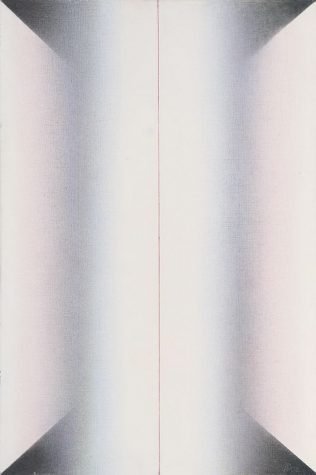
Composition Through Vertical by Oleg Vassiliev
There’s a lot more to Soviet art than mentioned in school textbooks. There’s complexity and a subtle reaction to history that reflects the new styles of the 20th century.
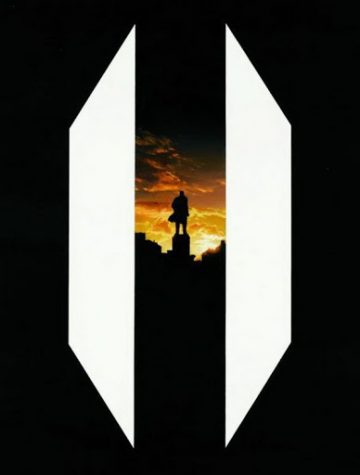
Before the Sunset by Oleg Vassiliev
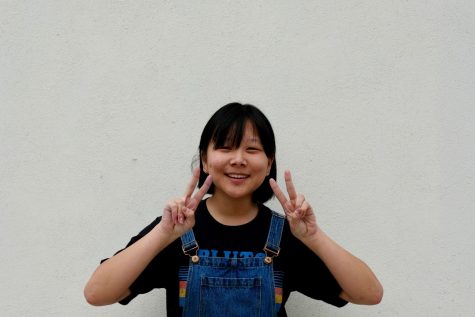
Ali Wu, a senior, is excited to represent art in the Keynote with Siona this year! She aims to connect the Keystone community through writing and comics!...

